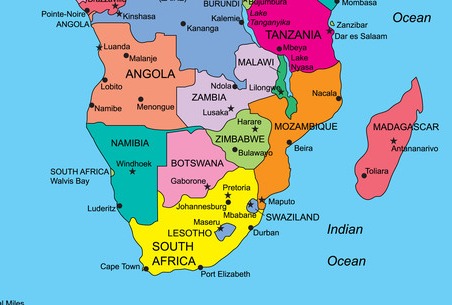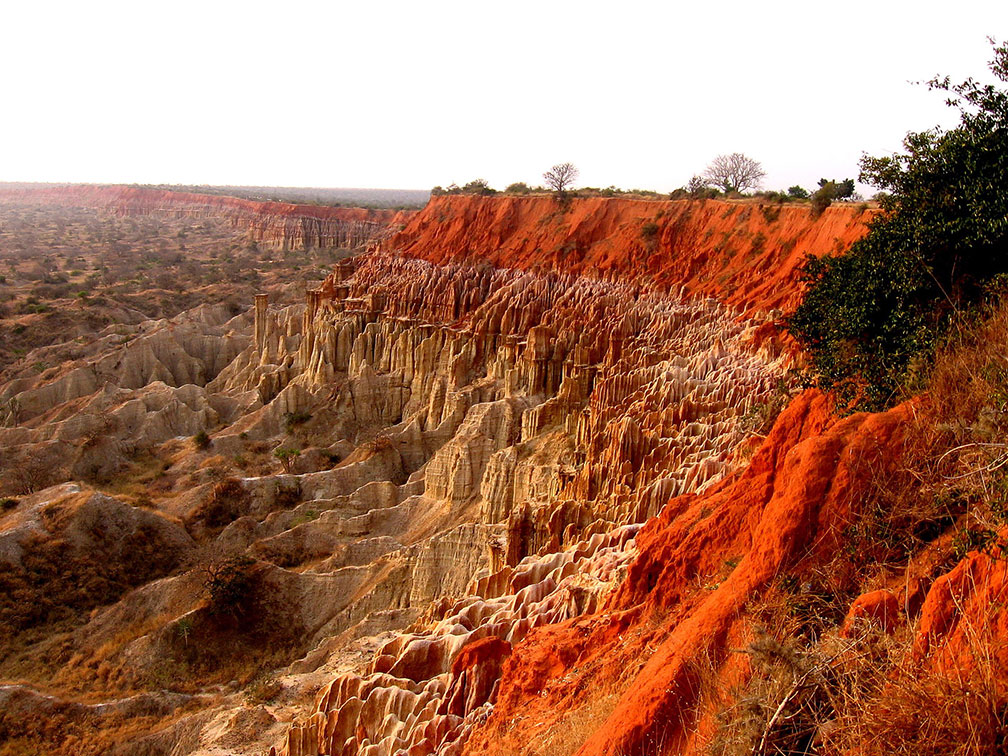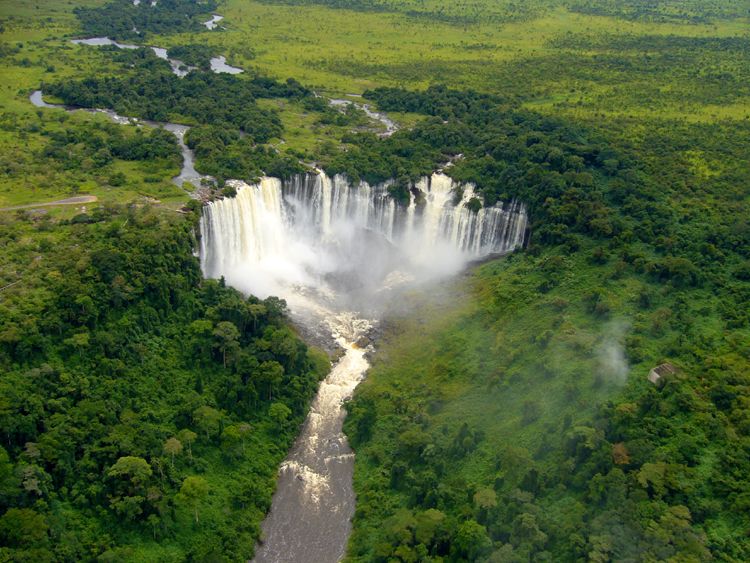
Located on the West coast of Southern Africa, Angola was under colonial rule until November 11, 1975, date on which it became an independent nation. It extends over an area of 1,246,700 Km2.
The country is divided into 18 provinces, being Luanda the capital. With a total of 4,837 Km long borderline, Angola is bordered with Congo-Brazzaville at the Northern province of Cabinda, the Democratic Republic of Congo (former Zaïre) to the North and East, Zambia to the East, and Namibia to the South.
Angola has an Atlantic Ocean coastline of 1,650 Km long. The country’s major ports include Luanda, Lobito, and Namibe. The country’s highest peak is Mount Moco, 2,620 m high, located in Huambo province. With a privileged continental hydrographic system, Angola’s main rivers are Kwanza, Záire, Cunene, and Cubango. Kwanza (Kz) is national currency.



Statistics
| Population | 11,177,537 (July 1999 est.) |
|---|---|
| Hope of Life | Men 45 years; Women 48 years |
| Age structure | 0-14 years: 45% (male 2,545,006; female 2,473,732) 15-64 years: 52% (male 2,938,178; female 2,909,844) 65 years and over: 3% (male 143,074; female 167,703) (1999 est.) |
| Population growth rate | 2.84% (1999 est.) |
| Birth rate | 43.11 births/1,000 Population (1999 est.) |
| Death rate | 16.35 deaths/1,000 Population (1999 est.) |
| Net migration rate | 1.6 migrants)/1,000 Population (1999 est.) |
| Sex ratio | At birth: 1.05 males)/female Under 15 years: 1.03 males)/female 15-64 years: 1.01 males)/female 65 years and over: 0.85 males)/female |
| Total Population | 1.01 males)/female (1999 est.) |
| Nationality | Noun: Angolans Adjective: Angolan |
| Ethnic groups | Ovimbundu 37%, Kimbundu 25%, Bakongo 13%, mestico (mixed European and Native African) 2%, European 1%, other 22% |
| Religions | indigenous beliefs 47%, Roman Catholic 38%, Protestant 15% (1998 est.) |
| Languages | Portuguese (official), Bantu and other African languages |
| Iteracy | Definition: age 15 and over can read and write |
| Total Population | 42% Male: 56% female: 28% ((1998 est.) |
| Infant mortality rate | 129.19 deaths/1,000 live births (1999 est.) |
| Life expectancy at birth | Total Population: 48.39 years Male: 46.08 years Female: 50.82 years (1999 est.) |
| Total fertility rate | 6.12 children born/woman (1999 est.) |
Useful information
| Airports | Angola has an excellent airport system covering the entire country. The system is open to international traffic through 4 de Fevereiro International Airport in Luanda. |
|---|---|
| Customs | Upon arrival at Luanda, the passenger may choose either the green route, if he or she has nothing to declare, or the red route if he or she carries items subject to customs fees. Items for personal effects are tax free. |
| Health | A vaccination certificate for yellow fever is required to enter the country. Well equipped clinics are available for visitors requiring immediate health care. |
| Driver’s License | An international and local driver’s license is required to drive in the country. |
| Languages | Portuguese is the official language. |
| Visa Info | Visas To enter Angola visitors must obtain a visa at the country of origin’s Angolan consular office. A passport size picture, a valid passport, and a completed application form must be submitted. |
| Telephones | A land system operator and two cellular phone operators exist in the country, enabling easy domestic and international calls. |
| Time | The time, GMT/UTC, is unchanged throughout the year. |